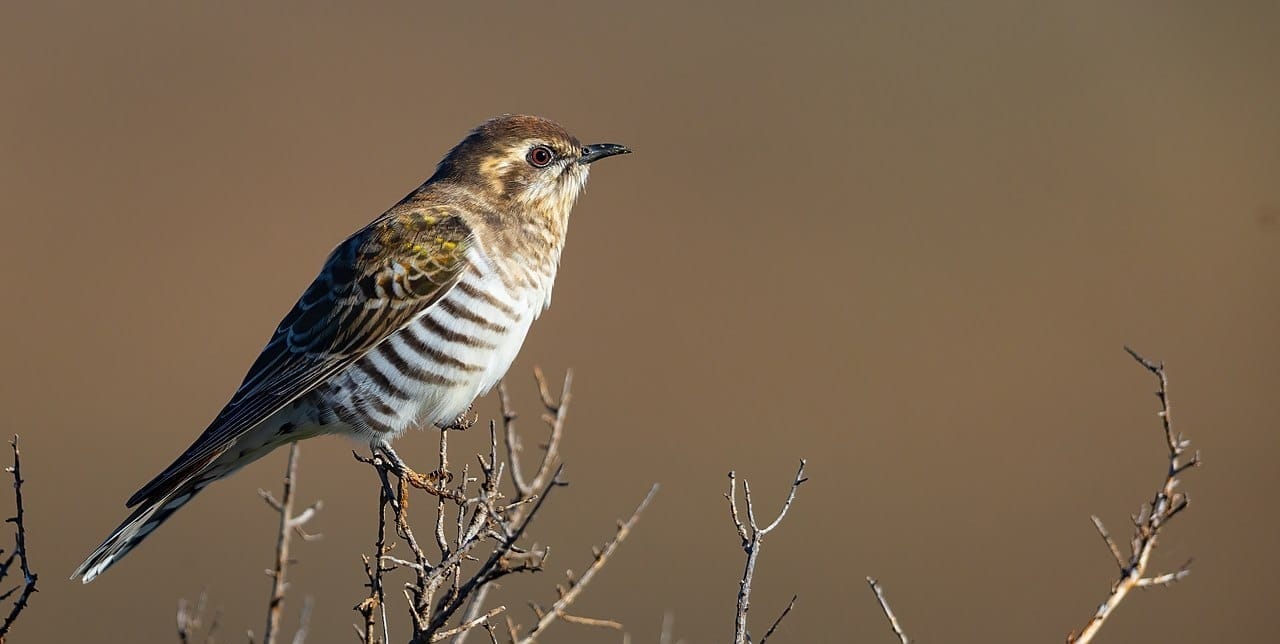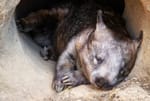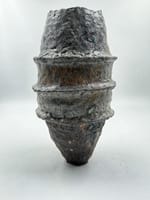With Pat O’Malley
Going cuckoo
Most of our cuckoos lay their eggs in the nest of other species and leave it to others to raise them. It's where we get the term ‘cuckold’. Usually, they lay their eggs in the nests of birds similarly sized. Thus, our Superb Blue Fairy Wrens are the preferred hosts of the little Horsfield’s Bronze Cuckoo, while the gigantic and raucous Channel-billed Cuckoo – which migrates from PNG and crops up a lot in Sydney – mainly lays its eggs in the nests of Currawongs.
Often however, the young of cuckoos are much larger than their hosts and heave the host’s chicks out of the nest. The Fan-tailed Cuckoo, whose descending trill is one of the common sounds of our bush in summer, parasitises the poor little Thornbills much less than half their size. And just to rub salt into the wound, the cuckoo normally throws out the host bird’s eggs in the process. It’s a bit of a mystery why the adoptive parents don’t seem to notice and go spare trying to feed their huge kid.
All but one of our cuckoos are what’s called ‘obligate brood parasites’, meaning they never raise their own young, but there are cuckoos elsewhere that may do it only occasionally. In fact, most cuckoo species raise their own nestlings, and even among brood parasites, there is increasing evidence that some female cuckoos hang around the nest to monitor the welfare of ‘their’ chicks. Possibly they are waiting to re-lay if, as sometimes happens, the hosts smell a rat and eject the intruder’s eggs.
As only a minority of cuckoos are brood parasites, some are almost the size of cormorants and others smaller than sparrows, some fly and others are mainly terrestrial, some migrate and some don’t, it’s a bit of a puzzle why they are all grouped together. The name itself comes from the European Cuckoo, whose call is, onomatopoeically, ‘cuckoo’, very like our Southern Boobook’s night-time call. But none of our cuckoos has a voice remotely like this, rather, they range from mournful trills to almost inaudible piercing whistles. The Pheasant Coucal – a north-Australian cuckoo the size of a large Chook (and, oddly, a ground-bird and not a brood parasite)– is known as the ‘whoop-whoop bird’ because of its accelerating and far-carrying call.
So, what makes a cuckoo a cuckoo? All cuckoos belong to the family ‘cuculidae’. OK? If you want to follow this up, I expect there’s at least one book on it, no doubt written by a Raven.






